Rusty Blackhaw (Viburnum rufidulum) is a native perennial plant found across the eastern and central United States, extending into Mexico. Belonging to the Viburnaceae family, this versatile species is well-known for its ornamental value. In spring, it produces clusters of small, fragrant white flowers that attract pollinators. By fall, the blossoms give way to blue drupes that add seasonal interest and appeal to wildlife.
A favored choice for native and wildlife-friendly gardens, Rusty Blackhaw thrives in USDA hardiness zones 5 through 9. Its adaptable nature makes it suitable for a range of landscapes, from home gardens to naturalized areas. Its beauty, combined with minimal maintenance needs, makes this Southern native a reliable addition to any perennial garden.
| Common name | Rusty Blackhaw, Rusty Black Haw, Rusty Blackhaw Viburnum, Rusty Nannyberry, Southern Black Haw, Southern Blackhaw Viburnum |
| Botanical name | Viburnum rufidulum |
| Family | Viburnaceae |
| Species | rufidulum |
| Origin | Southern U.S.A., Mexico |
| Life cycle | Perennial |
| Plant type | Native Plant |
| Hardiness zone | 5, 6, 7, 8, 9 |
| Sunlight | Full Sun |
| Maintenance | Low |
| Soil condition | Clay |
| Soil ph | Acid |
| Drainage | Well-Drained |
| Growth rate | Slow |
| Spacing | 12 – 24 ft. |
| Harvest time | Fall |
| Flowering period | Spring |
| Height | 1- 20 ft. |
| Flower color | Cream, Tan |
| Leaf color | Gold, Yellow |
| Fruit color | Blue |
| Stem color | Brown, Copper |
| Fruit type | Drupe |
| Fruit benefit | Edible |
| Flower benefit | Showy |
| Garden style | Drought Tolerant Garden |
| Uses | Lawn |
I. Appearance and Characteristics
Viburnum rufidulum, also known as the rusty blackhaw, blue haw, rusty nanny-berry, or southern black haw, is a flowering species of shrub or small tree that is common in parts of the Eastern and Central United States. It produces attractive flowers and fall foliage, as well as fruits that are popular with some species of bird.
The rusty blackhaw prefers dry habitats with elevations generally below 750 m.
It grows in Alabama, Arkansas, Florida, Georgia, Illinois, Indiana, Kansas, Kentucky, Louisiana, Mississippi, Missouri, North Carolina, Ohio, Oklahoma, South Carolina, Tennessee, Texas, Virginia, and West Virginia.
Leathery deciduous leaves are simple and grow in opposite blades ranging from 0.5-3 inches in length and 1-1.5 inches in width. Petioles are “rusty hairy” with grooves and sometimes wings. Leaf margins are serrate. Autumn leaf colors are bronze to red.
Twigs range in color from “reddish brown to gray”; young twigs are hairy, and get smoother with age.
Bark is similar to that of the flowering dogwood, ranging in color from “reddish brown to almost black” and forming “blocky plates on larger trunks”.
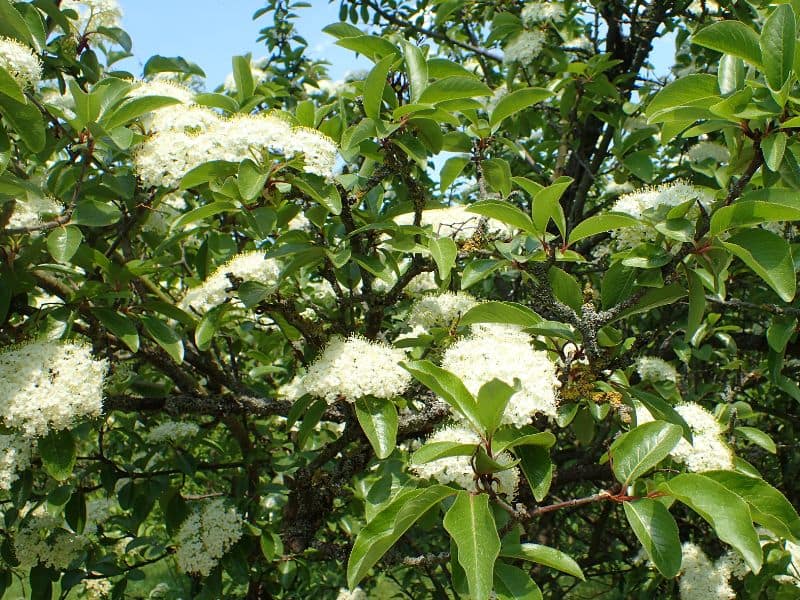
Viburnum rufidulum blooms in April to May with creamy white flowers that are bisexual, or perfect and similar to those of other Viburnum species, but with clusters as large as six inches wide.
The fruits are purple or dark blue, glaucous, globose or ellipsoid drupes that mature in mid to late summer. The edible fruit has been said to taste like raisins and attract birds.
It is similar to Viburnum prunifolium (blackhaw). Petioles of V. prunifolium do not have the rusty hairs that those of V. rufidulum do.
The Rusty blackhaw has berries that are considered mildly toxic, especially when they are not fully ripe. They contain high levels of polyphenols which can irritate the stomach, causing nausea, excessive salivation, stomach pain, diarrhea, and vomiting if enough berries are ingested. They should be kept away from children and cognitively impaired people to protect them from a miserable time and a potential hospital stay.
II. How to Grow and Care
Sunlight
Rusty blackhaw in cold environment loves to grow in full sun on slopes and edging rocks in its natural habitat. Varieties adaptable to warmer climates grow well in full sun to medium shade; long exposure to strong light should be avoided. They can be shaded by buildings or big trees. A certain amount of scattered light is needed in the flowering phase to ensure enhanced and continuous flowering in warmer climates, but overall, plants in this genus perform well receiving 5-6 hours of continuous sunlight in a day.
Temperature
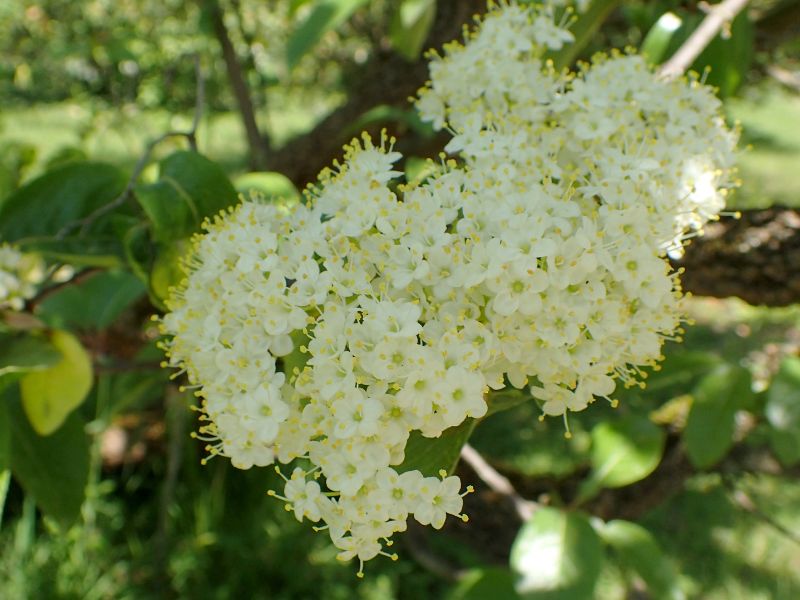
The optimum growth temperature range is between 5 to 27 ℃. It has good cold resistance; some native North American species can tolerate temperatures below -25 ℃. Its growth is poor at temperatures above 29 ℃, so it cannot survive in tropical summers. Germination requires 20 consecutive days of seed exposure to 24 ℃.
Rusty blackhaw needs occasional watering during hot and dry conditions. The average plant during its first 2 years of growth needs 1.2 to 1.5 cm water bi-weekly. Once established, it doesn’t need much watering.
Watering
Originating from the understory of woodlands, rusty blackhaw is adapted to moderate moisture conditions and can tolerate short periods of drought. This species thrives with a balance of soil moisture, reflecting its natural habitat’s occasional dry spells. Watering should be done once every 1-2 weeks, allowing the soil to dry slightly between sessions. As an outdoor plant often found in temperate regions, rusty blackhaw benefits from mulching to retain soil moisture during its active growing season.
Soil
Rusty blackhaw likes fertile, soft, slightly acidic soil with good drainage. It likes moist soil but does not grow well in waterlogged soils. It can grow in moderately fertile, fully drained soils that keep minimum moisture, but cannot withstand poor soil. The optimum soil pH range is 5.5-6.6. It can tolerate acidic media and drought with good air circulation in the root zone, which is made possible by the addition of peat moss or coco coir to the media. The best potting soil would be to mix 1 part of fully decomposed organic matter into 2 parts of garden soil.
Fertilizing
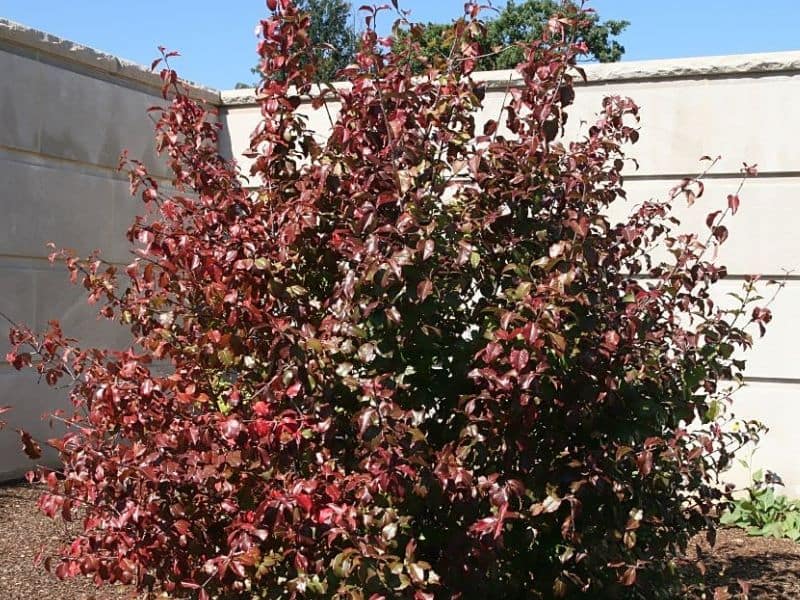
For optimal growth, fertilize rusty blackhaw with balanced or high-nitrogen fertilizers to support vigorous growth and enhance flowering. Apply fertilizer once yearly in early spring, using 2-4 pounds per 100 square feet, ensuring even distribution. Avoid over-fertilization to prevent burn and growth issues. Seasonal adjustments may be necessary, with potential reduced frequency as rusty blackhaw matures. Always water rusty blackhaw thoroughly after applying fertilizer for proper nutrient absorption.
Pruning
Light pruning to remove dead or dried branches or injured parts of the plant can be done at any time of the year. Rusty blackhaw doesn’t need severe pruning; how much depends on the type of variety and purpose of growing.
Pruning to shape and beautify can be done in the late winter or early spring. When growing for borders and hedges, cut only 1/3 of the branches if they are severely intermingled. In other cases, pruning can be initiated right after flowering but before the setting of fruit. To avoid frost damage, don’t prune during frost or severe cold.
Propagation
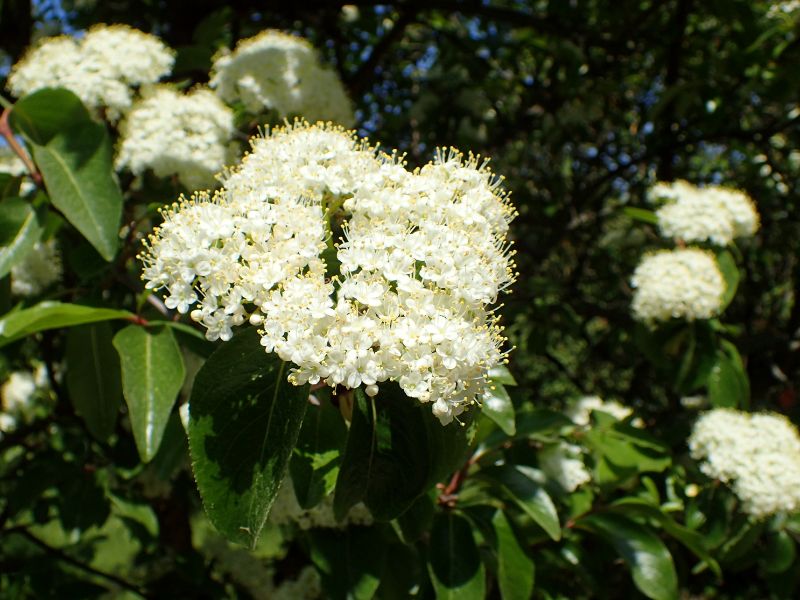
Planting rusty blackhaw from seeds is not recommended. It can take 12-18 months. Soft cutting is one of the best options to grow the plant. Be sure each soft cutting contains 2 nodes for both underground and aboveground parts. Mix 1/3 fully decomposed organic matter with 2/3 dugout soil. Place the soft cuttings into a hole and press the soil gently to keep its level at the garden level. Immediate watering will make a suitable watering pit after the soil has settled.
Transplanting
The prime time for transplanting rusty blackhaw is between mid-spring and early summer, as the warmer soil promotes root establishment. Choose a location with partial to full sun and well-drained soil to ensure successful growth. Gently loosen the root ball when transplanting to encourage strong root development.
Repotting
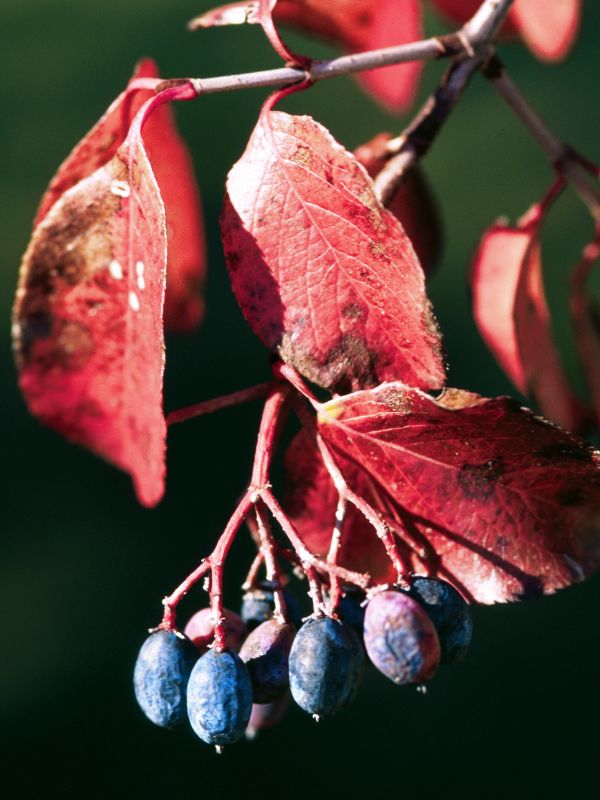
Repot your rusty blackhaw during early spring before the onset of new growth. Being a large deciduous shrub, it thrives best when repotted every 2-3 years. Choose a container size that’s slightly larger than its root ball to encourage development without being oversized. Ensure the pot has ample drainage. After repotting, maintain moist soil and partial shade to support rusty blackhaw in regaining its vigor.
Find Where to Buy the Best Southern Black Haw (Viburnum rufidulum)

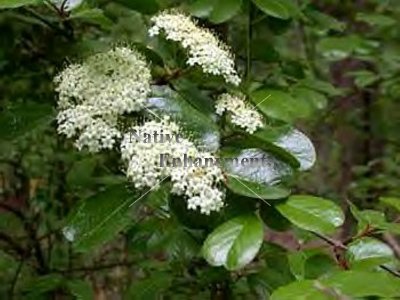















Leave a Reply